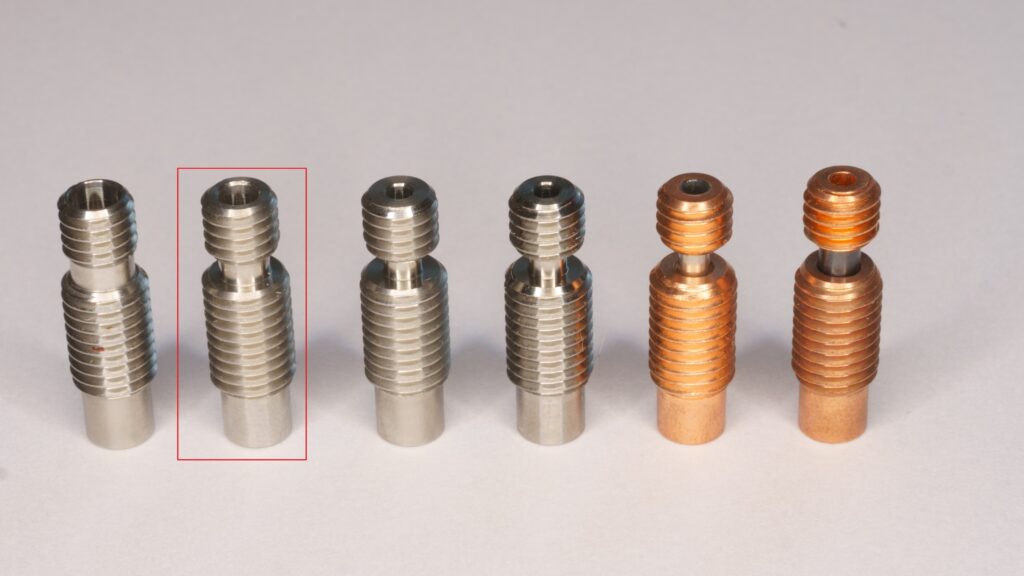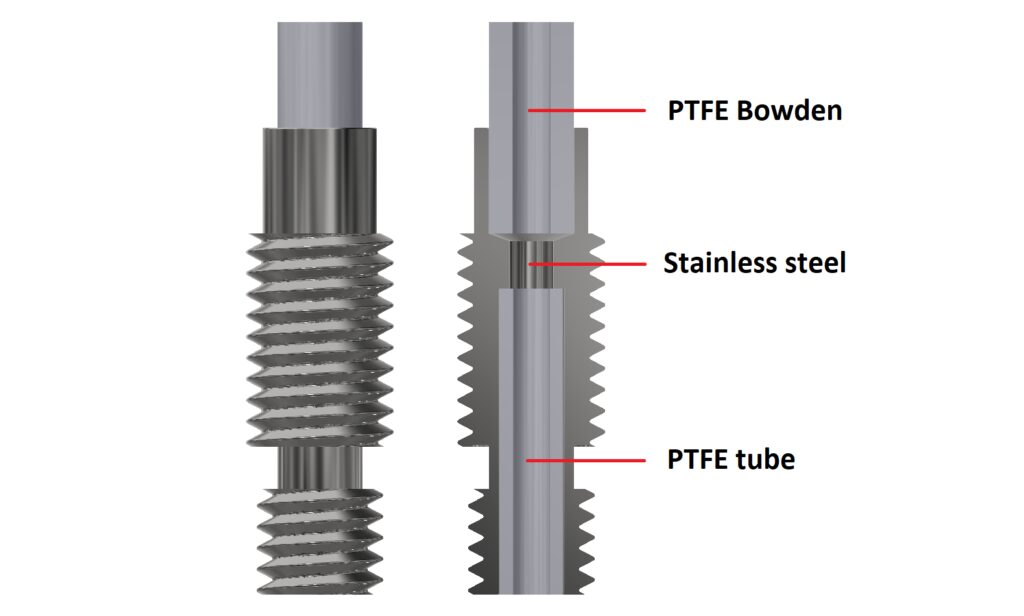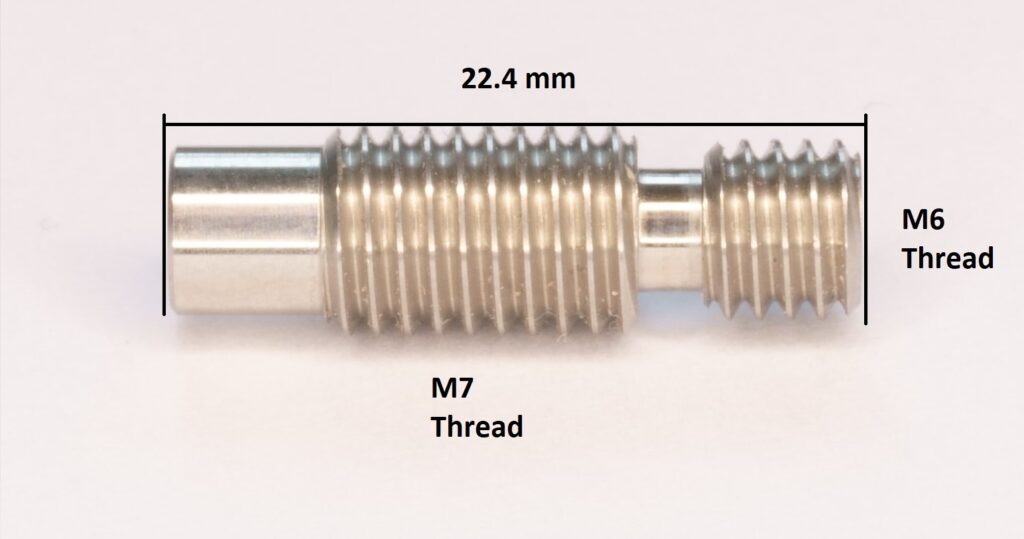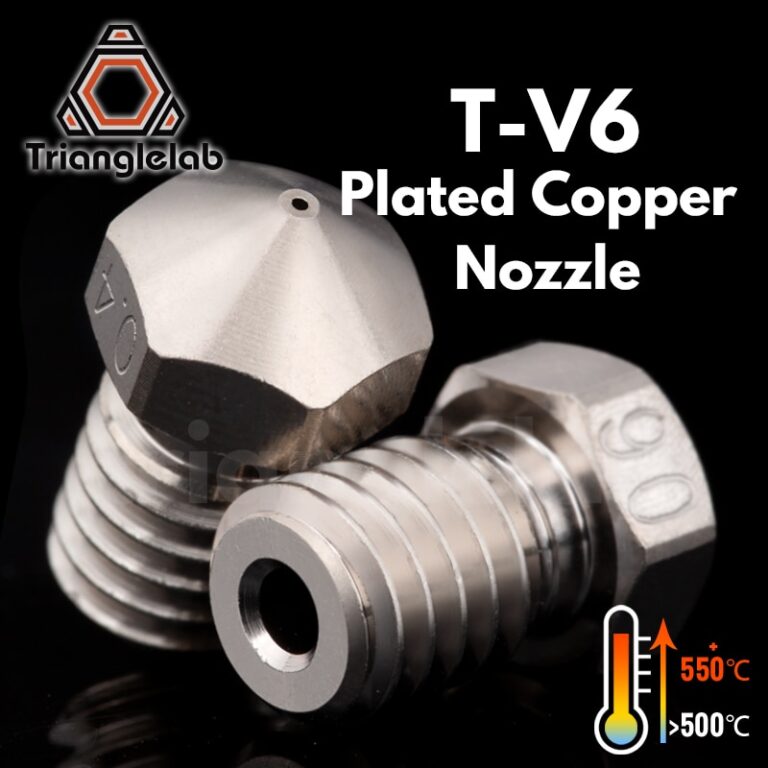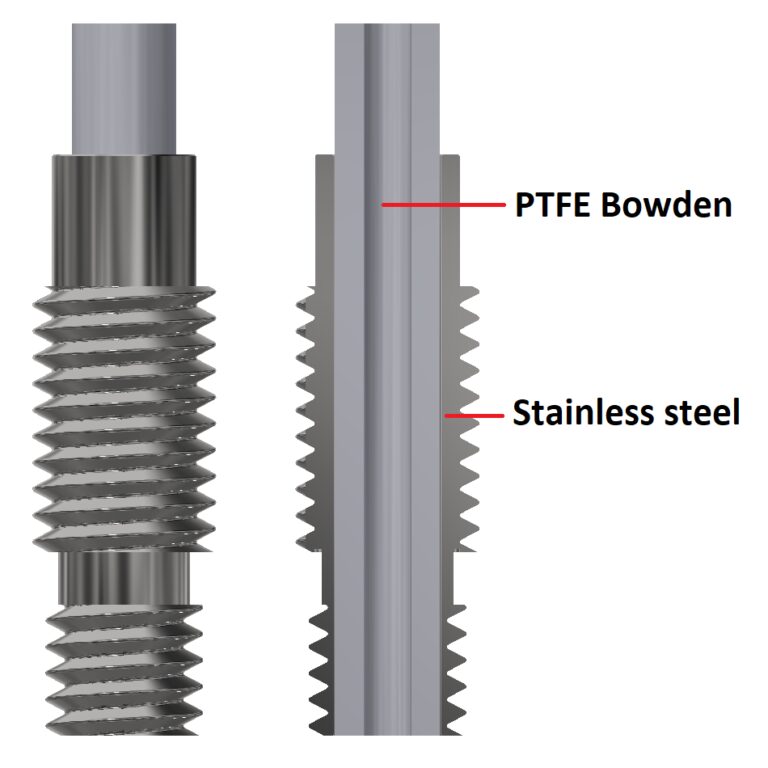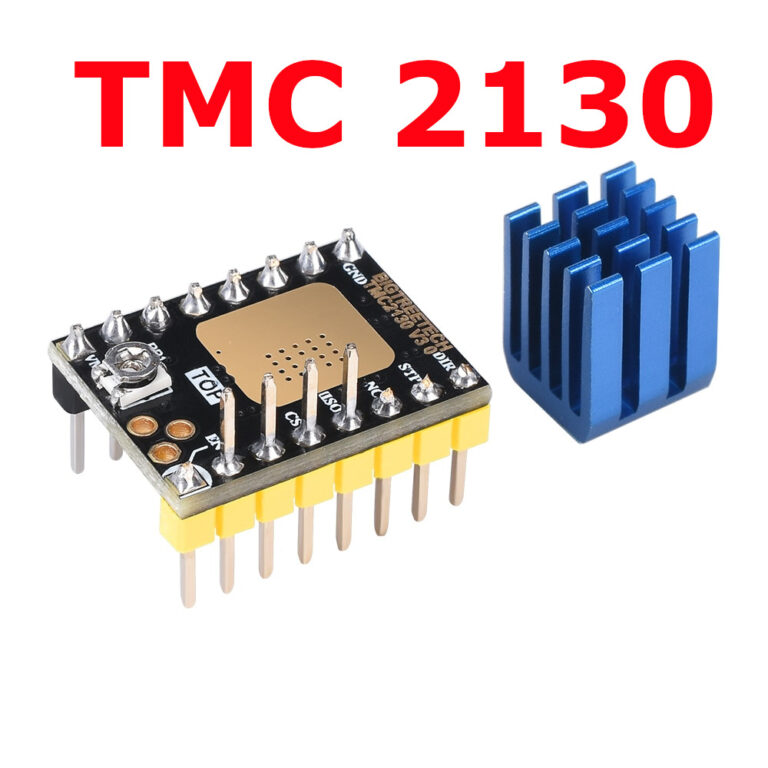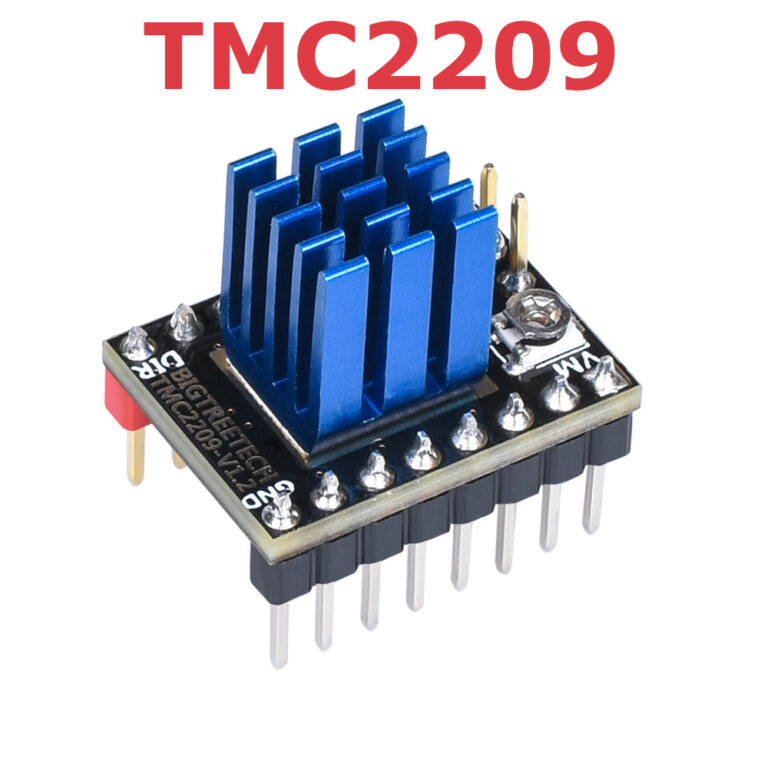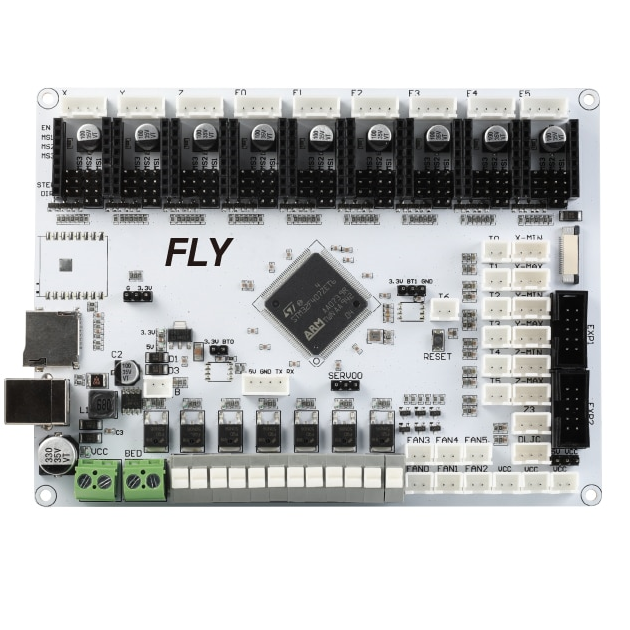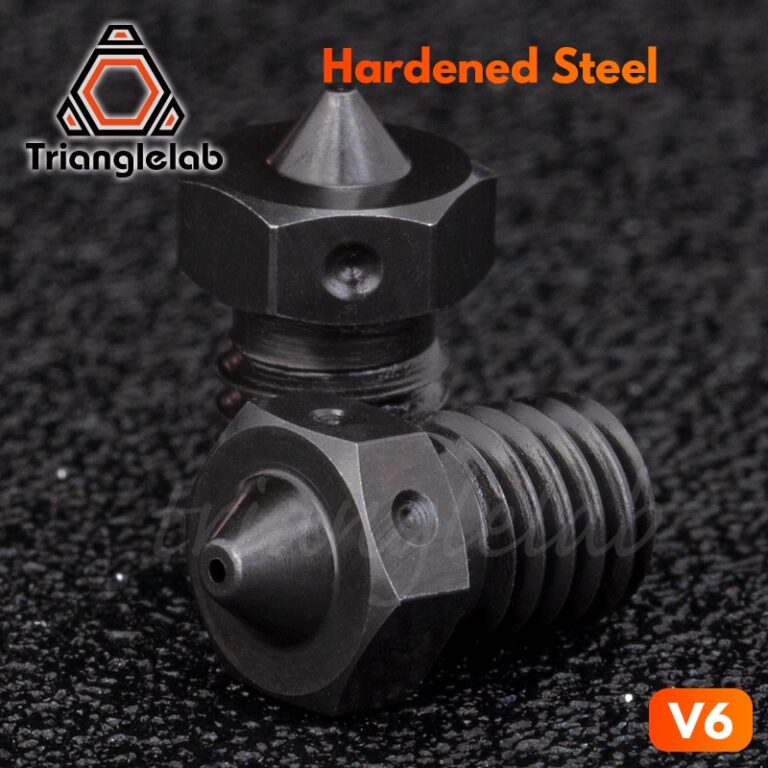V6 PTFE heat break
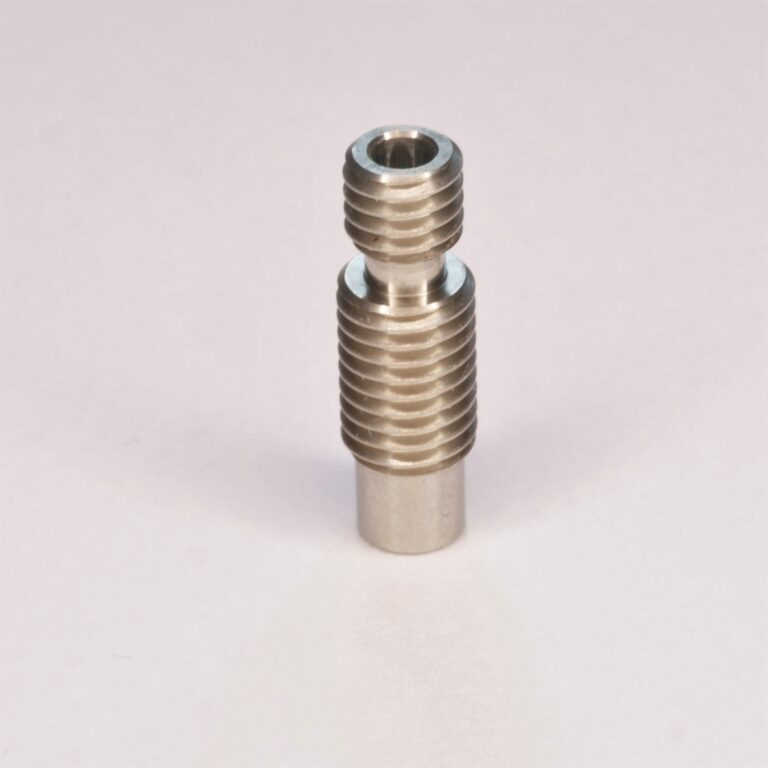
This is one of the most common heat breaks used in 3D printers. Stainless steel takes care of rigidity and PTFE tube inside ensures good retraction due to it's low friction and thermal conductivity. However maintaining this heat break is not so easy - front side of the PTFE inner tube is being damaged by retractions and high temperatures. Standard maintance is - remove the nozzle while hot, remove PTFE tube, insert new tube and tighten the nozzle again.
1. Is it a good choice for my 3D printer?
Direct drive extruder:
Suitable for PLA, PETG, but other heat break types are recommended, such as a titaninum heat break.
Bowden extruder:
Suitable for PLA, PETG.
I would recommend a bore heat break instead of this one.
If you want a cheap heat break that works with PLA and PETG, this is your option.
However titanium heat break or a copper heat break is a better solution. It will save your nerves with changing the tiny PTFE tube and will allow you to print materials such ABS, ASA etc.
2. What is it made of?
The body of the heat break is made of stainless steel.
The upper part has a 4.1mm diameter for a standard PTFE bowden.
There is a small area inside with a 2 mm in diameter which works like a barrier between both PTFE tubes.
Lower part has a 3.1 mm inner diameter for a 3 mm PTFE tube
Let's compare thermal conductivity:
Copper + aerospace material heat break:
Copper: 380 W/m*K
Ceramics (ZnO2): 2-5 W/m*K (2 W/m*K– ZnO2)
Other heat break types:
Stainless steel: 16-24 W/m*K
Titanium alloy: 5-7 W/m*K
3. Cross-section
This is how a cross-section of a V6 hot end with a PTFE heatbreak looks like (without the heatsink).
5. Weight
As you can see in the comparison below, the weight is:
PTFE heat break: 2.91 g
Titanium heat break: 1.85 g
